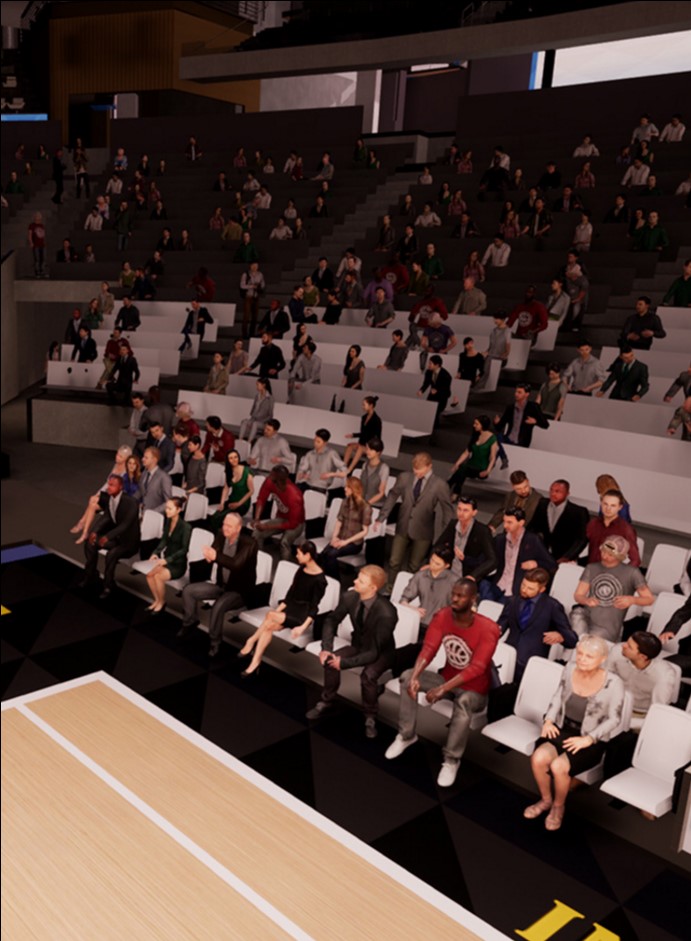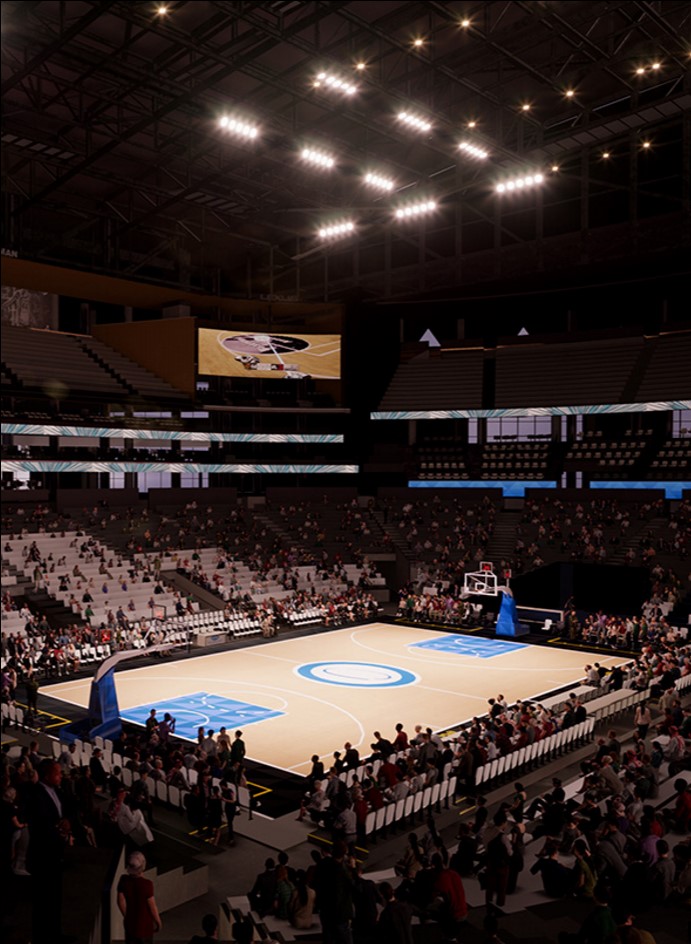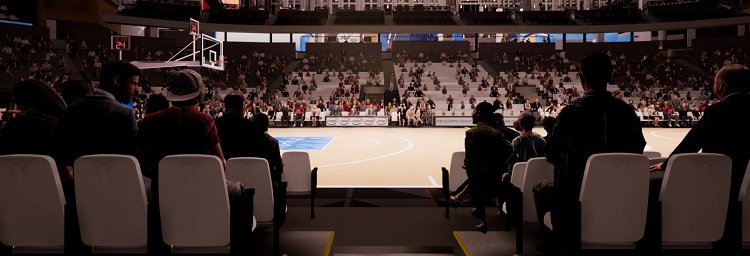Open Source code lays the groundwork for a true to life arena experience designed for architects, investors, builders, and beyond.
 Architectural models are changing. Physical mockups are labor and material intensive throwbacks to a less technically advanced time. Regardless of how beautiful they may be, they simply cannot convey the true scale of a project as massive and involved as an arena build. Architectural firms need more advanced tools to help investors understand their vision and how it will function and feel in real life.
Architectural models are changing. Physical mockups are labor and material intensive throwbacks to a less technically advanced time. Regardless of how beautiful they may be, they simply cannot convey the true scale of a project as massive and involved as an arena build. Architectural firms need more advanced tools to help investors understand their vision and how it will function and feel in real life.
Virtual Reality (VR) is already showing great promise in this area. Both as a previsualization tool, and as a design tool, being able to share a full scale construct of project facilitates decision making on all sides, from layout to interior design. Until now, however, these virtual constructs have been missing a critical element, especially with regards to massive, shared spaces. In the real world, on a game day, sports arenas are packed with bodies and alive with noise. Now, so is the virtual version.
Virtual Reality Made Bigger Than Life
 Intel has released the necessary code to both expand and populate your virtual environment for a believable previsualization experience. This open source code is available to any developer or firm with the hardware to accommodate the program. With a HTC Vive* or Oculus Rift* VR headset, users can experience the full vastness of a stadium, a hundred times larger than the typical architectural walk-through, while completely immersed in realistic sound, lighting and, yes, even the press of the crowd.
Intel has released the necessary code to both expand and populate your virtual environment for a believable previsualization experience. This open source code is available to any developer or firm with the hardware to accommodate the program. With a HTC Vive* or Oculus Rift* VR headset, users can experience the full vastness of a stadium, a hundred times larger than the typical architectural walk-through, while completely immersed in realistic sound, lighting and, yes, even the press of the crowd.
Project Arena was built on the Unity Engine and is scaled in VR Autodesk Max and Revit. Applying and modifying the available code isn’t difficult, but the demands on a system can be significant. Ideally, the program should be run on an 7th Generation Intel® Core™ i9 processor with a dedicated GTX 1080 GPU.
Each person in the crowd, each AI agent, will require a slice of computational power to ensure natural, life-like action. While interaction with the characters is not currently an option, it’s easy to see that becoming a feature down the line as VR continues to improve.

Beyond the Build
Even without interaction, the ability to add a human element to these virtual worlds increases both realism and possibility. Beyond the build, planners will be able to use the populated virtual spaces to plan specific events, or even create first-responder drills for emergencies. Walking through the arena concourse could drive insight in terms of what shops or eateries should go where. A separate project, also available free, focuses specifically on just that – the mall within the arena. Project Mall is a smaller world with less intense hardware requirements, able to run on an Intel® Core™ i7 processor.
The code for both Project Arena and Project Mall can be downloaded free from VR zone. Get it today and explore what’s possible with virtual reality.
VR in Design an Idea Whose Time Has Come
It’s easy to see that virtual reality will play an increasingly important role in the design world. Any architect who has ever wished they could drop a client directly into that physical model will finally be able to do just that, complete with natural lighting, passing cars, and trees rustling in a virtual breeze. Design teams are already having virtual meetings within the spaces they are creating, to get a better feel for the proportions at play, and to more effectively share their vision with partners as well as clients. It’s more effective to show, than simply tell, and VR is making that possible in new ways, all the time.
Learn More
For more information about Project Arena and Intel VR solutions visit VR zone.